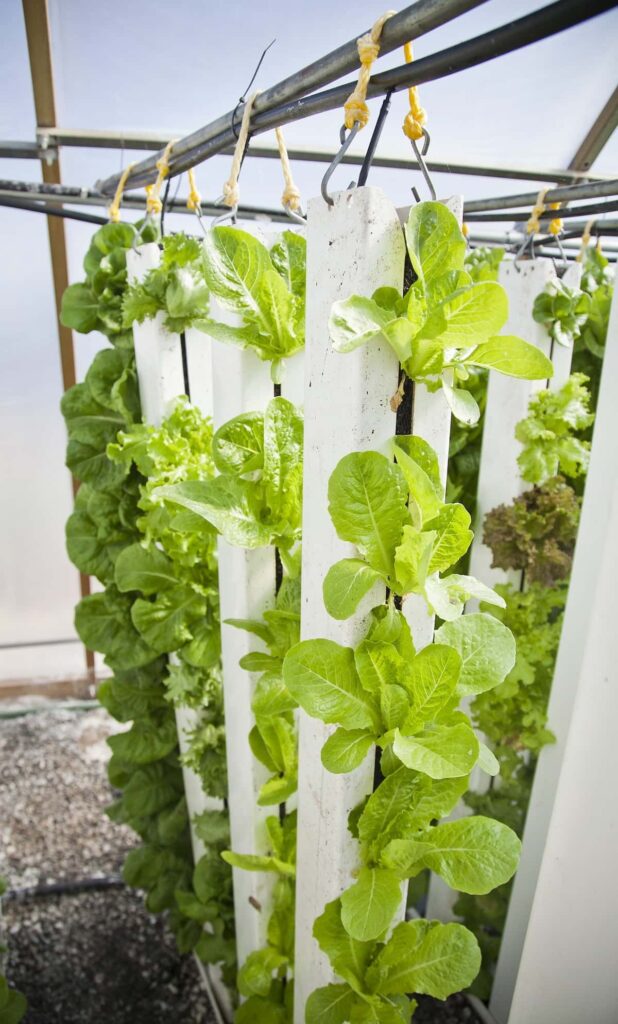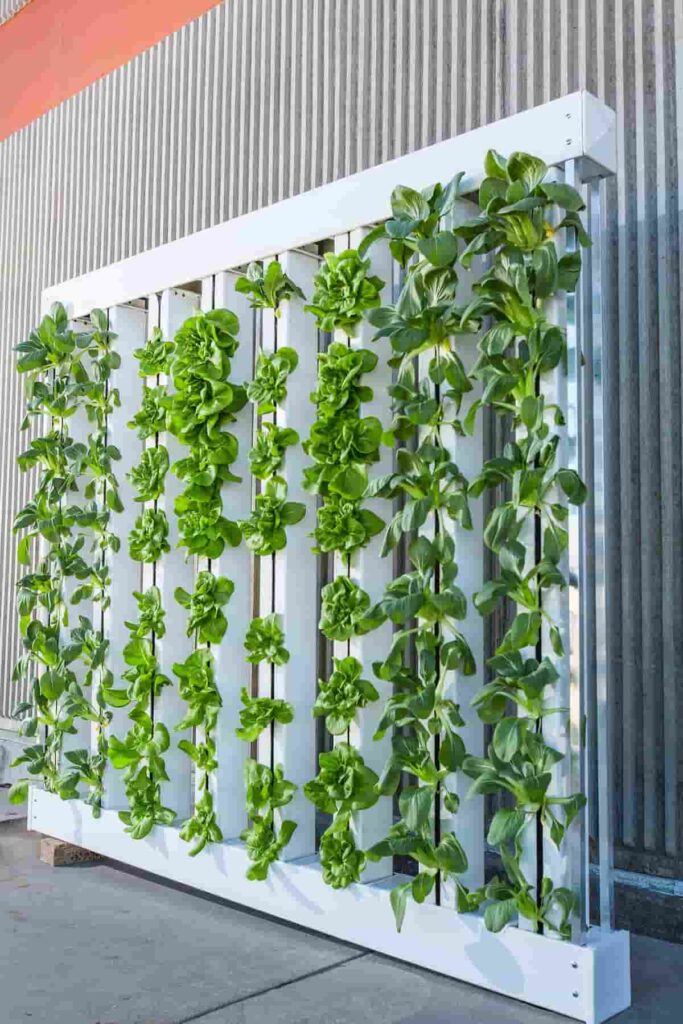Vertical farming is a type of agriculture system where crops are grown vertically stacked layers in a controlled environment. Vertical farming has many benefits over traditional farming methods, including reduced water usage, reduced carbon footprint, improved sustainability, less land required, and no need for pesticides or herbicides. Finally, vertical farming can help to reduce food waste.
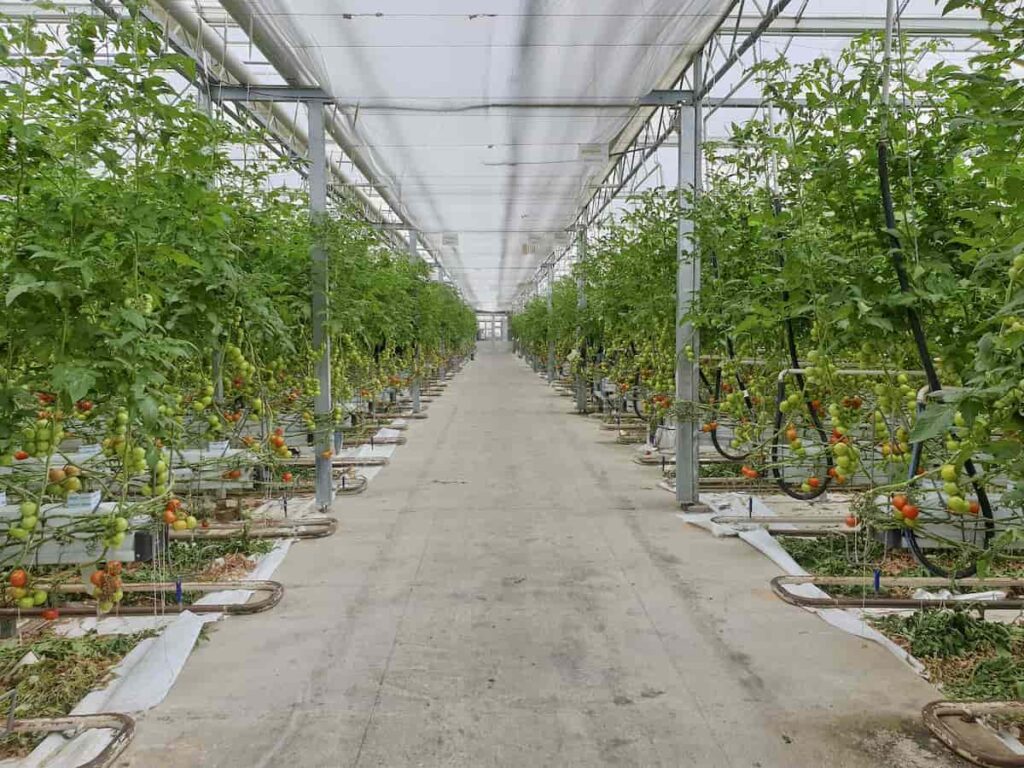
How vertical farming reduces the carbon footprint and improves sustainability
Why is vertical farming important?
Vertical farming is an important agriculture tool in the fight against climate change. Growing crops in vertically stacked layers means vertical farmers can produce more food with less water and land than traditional farmers. This results in a smaller carbon footprint and improved sustainability. In addition to reducing the carbon footprint, vertical farming also improves sustainability by reducing water usage.
Traditional farming uses a great deal of water for irrigation, which can lead to water shortages in drought-prone areas. Finally, vertical farming supports local food production, which is important for environmental and economic reasons. When food is grown locally, it doesn’t have to be transported long distances, which saves energy and reduces emissions. Local food production also supports the local economy by creating jobs and providing opportunities for small businesses.
Role of vertical farming in reducing environmental impact
- This farming type can produce food, flowers, and other plants with less water, land, and energy than traditional methods.
- In addition to reducing the carbon footprint and improving sustainability, vertical farming also has several other environmental benefits. For example, because vertical farms are often located near cities, they can reduce the need for long-distance transportation of food. This reduces emissions from trucks and other vehicles.
- Another main benefit of vertical farming is that it can help to improve air quality. Plants grown in vertical farms take in carbon dioxide and release oxygen, which can help to improve the air quality in cities where smog is a problem.
- Finally, vertical farms can also reduce noise pollution. Because they are located indoors, they do not produce the noise associated with traditional farming practices such as tractors and other machinery.
- Vertical farming uses less water than traditional agriculture because the plants are grown in a closed system with recycled water. The water used in vertical farming is also filtered and purified before it is used again, reducing water consumption.
- Vertical farming also reduces land usage as crops are grown indoors on shelves or racks. This allows a higher density of plants to be grown in the same space as traditional agriculture.
- Energy usage is reduced in vertical farming due to the controlled environment. The temperature and humidity can be regulated to create the ideal conditions for plant growth, and it reduces the need for heating/cooling and artificial lighting systems.
In case you missed it: Top 20 Vertical Farming Companies in India: Best List
Is vertical farming the future of agriculture?
- Vertical farming has several advantages over traditional agriculture. Firstly, it requires less water and land. Vertical farms can be built on rooftops, warehouses, or even inside shipping containers. Second, vertical farms can be run year-round, regardless of the weather outside. This means vertical farms can produce food in places where traditional agriculture is impossible, such as desert regions or cities with limited space.
- Vertical farming, on the other hand, is a much more efficient and environmentally-friendly way of producing food. Because vertical farms can be built in urban areas, they don’t require the vast amount of land that traditional farms do. And because vertical farms use less water and fewer chemicals, they have a smaller carbon footprint than traditional farms.
- In the future, vertical farming will become even more efficient as technology improves. For example, vertical farmers are already using LED lighting to reduce energy consumption, and new developments in hydroponics (the soil-less growing of plants) will help further decrease water usage. As vertical farming becomes more widespread, it will play an increasingly important role in reducing the carbon footprint of our food system and making it more sustainable.
- Third, vertical farms can use artificial lighting and hydroponics to grow crops without soil. This allows crops to be grown in a sterile environment, which reduces the risk of pests and diseases. Fourth, vertical farms can control the climate inside the farm, making it possible to grow crops that would not normally thrive in the local climate. Finally, because vertical farms are often located near cities, they can reduce the time and energy required to transport food to the market.
- Vertical farming has the potential to reduce the carbon footprint of agriculture greatly. Traditional agriculture is a major source of greenhouse gas emissions due to the use of fossil fuels for tractors and other machinery, as well as methane emissions from livestock. Vertical farms could be powered by renewable energy sources like solar panels or wind turbines. They also don’t require pesticides or herbicides, as the controlled environment protects plants from pests and diseases. In addition, vertical farms can produce more food with fewer resources, making them more efficient than traditional agriculture. In some cases, vertical farms have been able to produce up to 10 times more food per square foot than traditional farms.
What is the carbon footprint of vertical farming?
Vertical farming can grow various crops, including fruits, vegetables, herbs, and flowers. As a result, the carbon footprint of vertical farming is much lower than that of traditional farming. This is because vertical farming uses less land, water, and energy than traditional farming. As a result, vertical farms also emit less greenhouse gases than traditional farms.
There are many benefits to reducing the carbon footprint of vertical farming. Firstly, it helps to reduce the overall emissions of greenhouse gases. Second, it helps to improve the sustainability of food production. Third, it helps to save land and resources that would otherwise be used for traditional farming.
In case you missed it: Vertical Herb Farming, Advantages, Ideas, and Tips
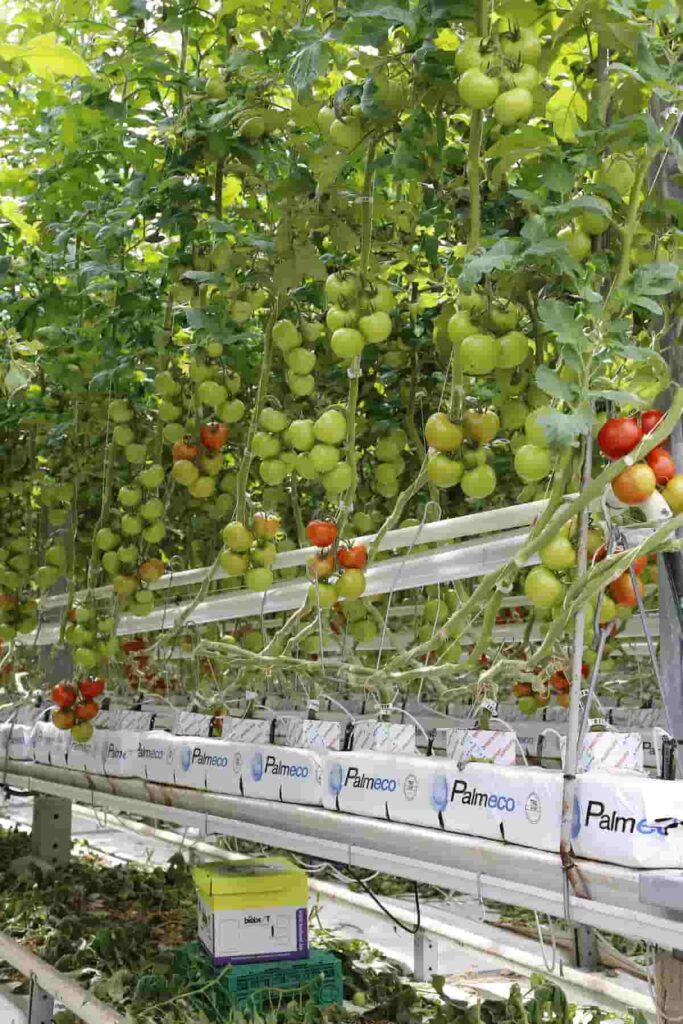
Vertical farming reduces the carbon footprint of food production in several ways. First, vertical farms use less water than traditional farms. They also rely on renewable energy sources, such as solar power, to run their operations. In addition, vertical farms produce very little waste, as all nutrients are recycled back into the system. Overall, vertical farming is a more sustainable way to produce food. It uses less resources and has a smaller environmental impact than traditional farming methods.
It requires less land, water, and energy than traditional farming methods and emits fewer greenhouse gases into the atmosphere. Vertical farming allows crops to be grown in controlled environmental conditions, which reduces the need for pesticides and herbicides. This results in less water and energy use and fewer greenhouse gas emissions. In addition, vertical farming can help to improve food security. By producing plants closer to where it is consumed, there is less need for long-distance transportation, which can often be a source of food waste.
How vertical farming reduces the carbon footprint?
This type of farming can reduce the carbon footprint of food production by reducing the land required for cultivation, minimizing transportation costs, and using less water and energy than traditional farming methods. Vertical farming can also improve food production’s sustainability by increasing yields, reducing waste, and providing fresh produce year-round access. In addition, vertical farms can be located closer to urban areas, which reduces the need for long-distance transportation and further reduces the carbon footprint of food production.
Vertical farming can help reduce the carbon footprint in several ways. First, it requires less land to produce the same quantity of the food as traditional agriculture. This means there is less deforestation, and fewer greenhouse gases are emitted from land clearing for farming. Second, it uses less water than traditional methods. This reduces the energy required to pump and transport water, resulting in fewer greenhouse gas emissions.
Third, vertical farms can be powered by renewable energy sources, such as solar power, reducing their carbon footprint. Overall, vertical farming is a more sustainable way of producing food with a lower environmental impact. Vertical farming reduces agriculture’s carbon footprint by using less land and water than traditional farming methods. It also doesn’t require pesticides or herbicides, which can further reduce its environmental impact.
The main benefit of the vertical farming system is that it allows crops to be grown near each other, cutting transportation costs and emissions. In addition, vertical farms can be located near urban areas, meaning fresh food can be grown closer to where it will ultimately be consumed. While vertical farming certainly has some clear environmental advantages, it is important to note that the technology is still in its early stages. As such, some challenges still need to be addressed before they can truly be considered sustainable solutions for the future of agriculture.
In case you missed it: How to Start Vertical Farming from Scratch: Check How this Guide Helps Beginners
Ways that vertical farming reduces the carbon footprint
Reduced Land Use
Vertical farming requires less land than traditional farming methods because crops are grown in vertically stacked layers. This means that farmers can produce more food on less land, which reduces the amount of land that needs to be cleared for agriculture. In turn, this helps to preserve natural habitats and reduces deforestation.
Reduced Water Use
Vertical farming uses less water compared to traditional agriculture. Some estimates suggest that vertical farms use 95% less water than conventional farms. This is because vertical farms use hydroponic systems, which recycle water back into the system instead of allowing it to evaporate or run off like in traditional agriculture. As water scarcity becomes increasingly pressing, vertical farming’s reduced water usage will become even more important.
Water is another important factor in reducing the carbon footprint of vertical farming. Traditional agricultural methods require large amounts of water to irrigate fields and grow crops. This water often comes from groundwater sources, which can lead to the depletion of these resources. Vertical farming uses less water because crops are grown in a controlled environment where irrigation can be carefully monitored. This means less water is required to grow the same food quantity, conserving groundwater resources and reducing the carbon footprint.
Reduced Energy Use
Energy use is also reduced in vertical farms. These farms use artificial lighting instead of sunlight to grow crops. This means they can be located anywhere, even in areas with little natural light. This reduces the need for fossil fuels that power tractors and other farm equipment used in traditional agriculture. In addition, vertical farms often use renewable energy sources like solar power to run lights and pumps.
In case you missed it: Low-Maintenance Indoor Vertical Garden Ideas, Tips, Techniques, and Secrets
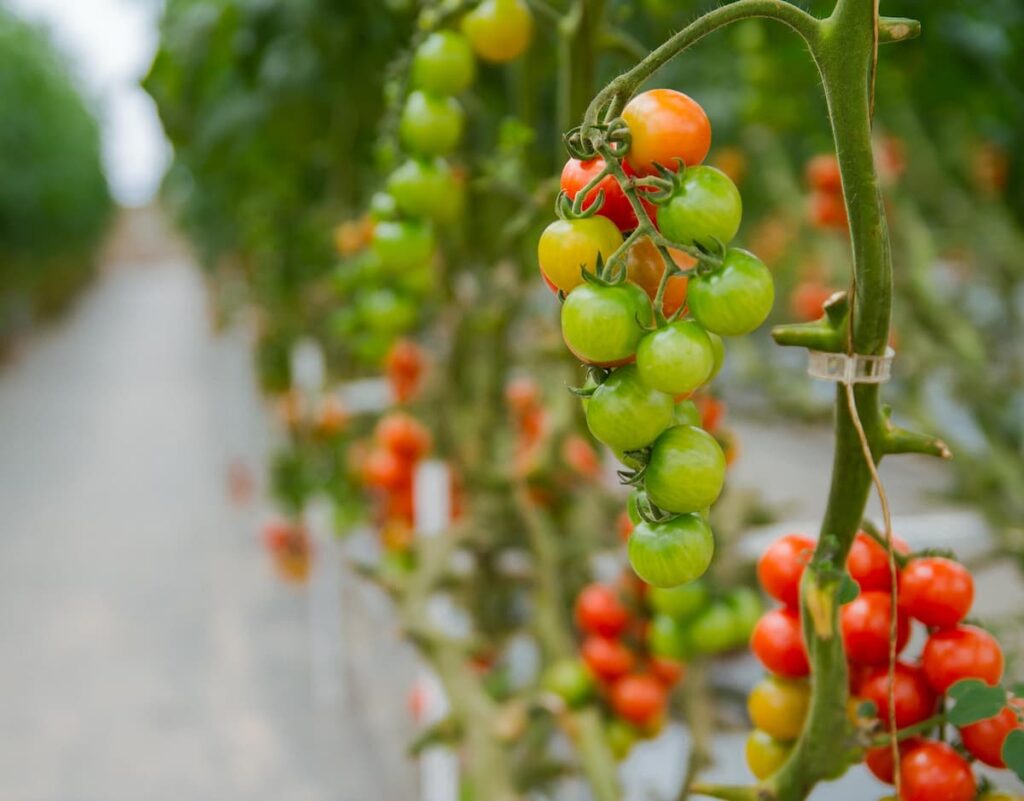
How sustainable is vertical farming?
- Vertical farming is an increasingly popular agriculture method with many sustainability benefits. Because vertical farming uses less land than traditional farming methods, it reduces the amount of land required for the agriculture sector and helps preserve natural habitats. Additionally, vertical farming can be done indoors using controlled conditions, which reduces the need for pesticides and herbicides and results in a more consistent crop yield.
- Vertical farming also requires less water than traditional agriculture because the crops are grown in a closed system where water is recycled. This conserves water resources and prevents soil erosion and runoff from pesticide and fertilizer runoff. Furthermore, because vertical farms can be located near urban areas, they reduce the fossil fuels needed to transport food to the market.
- Overall, vertical farming is a more sustainable option than traditional agriculture. It requires less land, water, and energy while providing a consistent crop yield. In addition, when implemented correctly, vertical farms can significantly positively impact the environment.
- This efficiency also reduces the amount of land needed for agriculture. According to one estimate, if the world switched to vertical farming, we could feed the entire population with just 2% of the land currently used for agriculture. This would free up a huge amount of land for other uses, such as reforestation or housing.
- The switch to vertical farming would also majorly impact greenhouse gas emissions. Agriculture is responsible for 10% of global greenhouse gas emissions, but vertical farming could reduce these emissions by up to 95%. This would be a major step towards combatting climate change and ensuring a sustainable future for our planet.
Is vertical farming eco-friendly?
The traditional way of farming – growing crops in large fields – is not sustainable in the long term. Vertical farming is a more eco-friendly alternative that can help meet the demand for food while reducing the carbon footprint. This farming method uses less land and water than traditional methods and can be done indoors or outdoors.
In addition, because vertical farms can be built close to urban areas, they reduce the need for transportation, reducing the carbon footprint. In addition to being more eco-friendly, vertical farming has many other benefits. For example, because crops are grown indoors under controlled conditions, there is less need for pesticides and herbicides.
This results in safer food for consumers and fewer chemicals leaching into the environment. Additionally, vertical farms can produce food year-round, even in locations with extreme weather conditions. So, if you’re looking for a more sustainable method to farm, vertical farming may be the answer. This eco-friendly method of agriculture has many benefits and can help reduce the carbon footprint while meeting the demand for food.
In case you missed it: Vertical Cucumber Farming for the Urban Gardener: Clever Ways to Get More Yields from Small Spaces
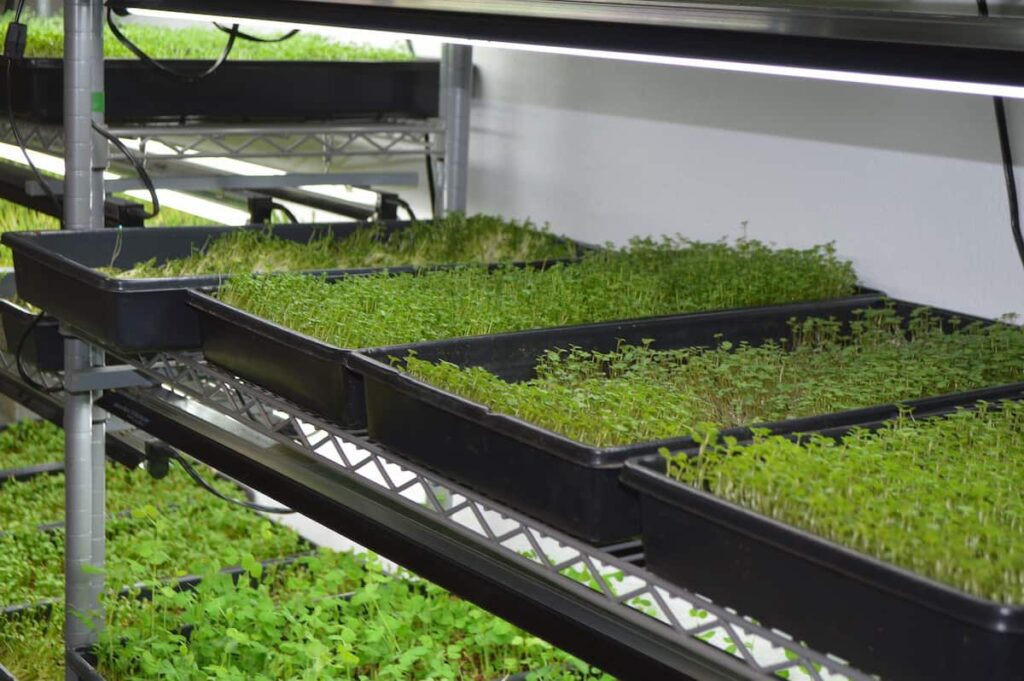
Opportunities in the sustainability of vertical farming
If the world’s population continues to grow, the demand for food will only increase. Unfortunately, with traditional farming practices, it is not possible to meet this demand sustainably. However, vertical farming provides a solution that is both environmentally friendly and scalable. Vertical farming allows for year-round production, regardless of weather conditions.
As a result, vertical farming is much more sustainable, using less land and water than traditional farming methods. In addition to being more sustainable, vertical farming also has a lower carbon footprint. This is because vertical farms rely on renewable energy sources like solar and wind power. Traditional agriculture relies heavily on fossil fuels, which release harmful greenhouse gases into the atmosphere.
Challenges in the sustainability of vertical farming
- The main challenge in the sustainability of vertical farming is the high initial investment. Setting up a vertical farm cost can be ten times more expensive than traditional farming practices. This means it can be difficult for farmers to switch to this type of farming.
- Another challenge is that vertical farms require a lot of energy to operate. They must be lit 24 hours a day and use fans and pumps to circulate air and water. This can make them very expensive to run.
- Thirdly, there is a lack of data on the long-term effects of vertical farming. Fourthly, pests and diseases are a big challenge in vertical farming. Because plants are grown close together in vertically stacked layers, pests and diseases can spread quickly throughout a farm. This makes it difficult to control them without using chemicals, which can negatively impact the environment.
- Lastly, we need to find ways to recycle the waste generated by vertical farms. Currently, most of the waste from these farms goes straight to landfills, which is not sustainable in the long term.
Conclusion
Vertical farms are protected from these hazards, meaning more crops are likely to reach consumers. This also reduces the need for pesticides and other chemicals, which can further reduce the environmental impact of food production. Additionally, vertical farms can be located closer to urban areas, which reduces transportation emissions. This farming method has several benefits, including reducing the carbon footprint and improving sustainability.
- Economical Aquaculture: A Guide to Low-Budget Fish Farming
- 15 Common Planting Errors That Can Doom Your Fruit Trees
- How to Make Houseplants Bushy: Effective Tips and Ideas
- Innovative Strategies for Boosting Coconut Pollination and Yield
- Pollination Strategies for Maximum Pumpkin Yield
- The Complete Guide to Chicken Fattening: Strategies for Maximum Growth
- Natural Solutions for Tulip Problems: 100% Effective Remedies for Leaf and Bulb-Related Issues
- Revolutionizing Citrus Preservation: Towards a Healthier, Greener Future
- Natural Solutions for Peony Leaf and Flower Problems: 100% Effective Remedies
- Maximizing Profits with Avocado Contract Farming in India: A Comprehensive Guide
- Natural Solutions for Hydrangea Problems: 100% Effective Remedies for Leaf and Flowers
- The Ultimate Guide to Choosing the Perfect Foliage Friend: Bringing Life Indoors
- From Sunlight to Sustainability: 15 Ways to Use Solar Technology in Agriculture
- The Ultimate Guide to Dong Tao Chicken: Exploring from History to Raising
- The Eco-Friendly Makeover: How to Convert Your Unused Swimming Pool into a Fish Pond
- Mastering the Art of Delaware Chicken Farming: Essentials for Healthy Backyard Flocks
- 20 Best Homemade Fertilizers for Money Plant: DIY Recipes and Application Methods
- How to Craft a Comprehensive Free-Range Chicken Farming Business Plan
- Brighten Your Flock: Raising Easter Egger Chickens for Beauty and Bounty
- How to Optimize Your Poultry Egg Farm Business Plan with These Strategies
- Subsidy for Spirulina Cultivation: How Indian Government Schemes Encouraging Spirulina Farmers
- Ultimate Guide to Raising Dominique Chickens: Breeding, Feeding, Egg-Production, and Care
- Mastering the Art of Raising Jersey Giant Chickens: Care, Feeding, and More
- Ultimate Guide to Raising Legbar Chickens: Breeding, Farming Practices, Diet, Egg-Production
- How to Raise Welsummer Chickens: A Comprehensive Guide for Beginners
- How to Protect Indoor Plants in Winter: A Comprehensive Guide
- Ultimate Guide to Grow Bag Gardening: Tips, Tricks, and Planting Ideas for Urban Gardeners
- Guide to Lotus Cultivation: How to Propagate, Plant, Grow, Care, Cost, and Profit
- Agriculture Drone Subsidy Scheme: Government Kisan Subsidy, License, and How to Apply Online
- Ultimate Guide to Raising Araucana Chickens: Breed Profile, Farming Economics, Diet, and Care
- Bringing Hydroponics to Classroom: Importance, Benefits of Learning for School Students
- Ultimate Guide to Raising Polish Chickens: Breed Profile, Farming Economics, Diet, and Care
- Ultimate Guide to Raising Australorp Chickens: Profile, Farming Economics, Egg Production, Diet, and Care
- Silkie Chicken Farming: Raising Practices, Varieties, Egg Production, Diet, and Care
- Sussex Chicken Farming: Raising Practices, Varieties, Egg Production, Diet and Care
- Homemade Feed Formulations for Livestock: Discover Cost-effective Starter to Finisher Feed Recipes
